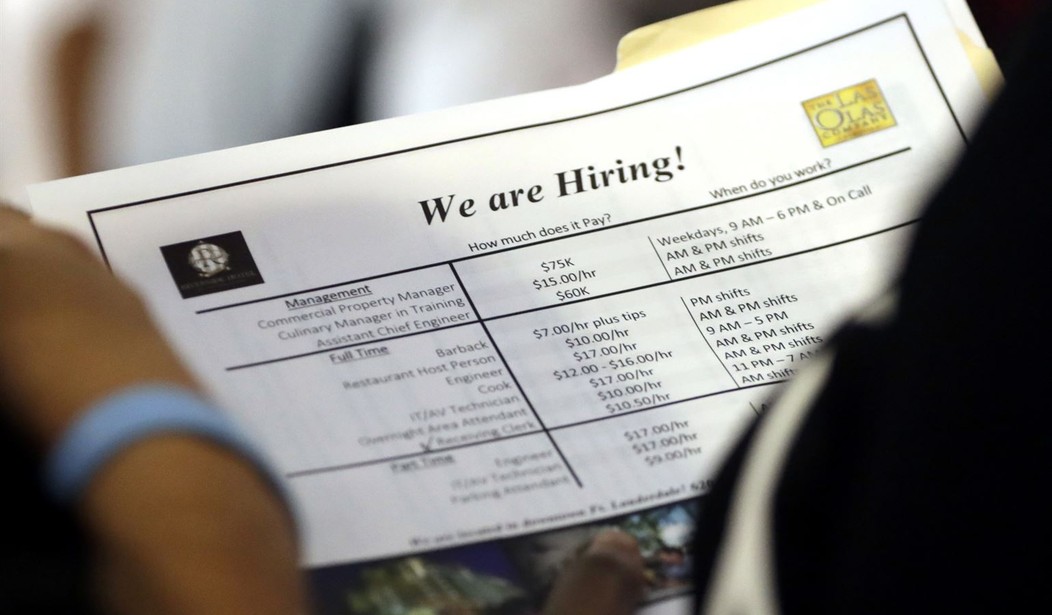The U.S. economy added 1.8 million jobs in July after a gain of nearly five million jobs in June. The slowdown was expected after several states returned to a partial lockdown status following large outbreaks of the coronavirus.
The unemployment rate fell from 11.1 percent in June to 10.2 percent in July. But still, more than 30 million people were getting unemployment checks in July and the economic recovery shows signs of stalling.
“The steam has gone out of the engine and the economy is beginning to slow,” said Sung Won Sohn, a finance and economics professor at Loyola Marymount University in Los Angeles. “The loss of momentum will continue and my concern is that the combination of the virus resurgence and lack of action by Congress could really push employment into negative territory.”
Does this make the stimulus bill that Congress is considering necessary to the recovery? It sure couldn’t hurt. Pumping a couple trillion dollars into the economy before Election Day would make the American voter — and most representatives in Congress — very happy.
Change in non-farm payrolls: +1.783 million vs. +1.48 million expected and +4.791 million in June
Unemployment rate: 10.2% vs. 10.6% expected and 11.1% in June
Average hourly earnings, month over month: +0.2% vs. -0.5% expected and -1.3% in June
Average hourly earnings, year over year: +4.8% vs. +4.2% expected and +4.9% in June
The change in total non-farm payrolls for June was revised down slightly by 9,000 to 4.791 million, while May’s payrolls were revised up by 26,000 to 2.725 million.
So, not exactly dismal, but a $2 trillion turbo-charge from Congress would benefit businesses and workers. The individual stimulus of $1200 plus the $600-a-week extended unemployment benefit that would be pumped into the economy just as we’re getting out from underneath the pandemic could create that V-shaped recovery that Wall Street and many economists see as necessary for a strong economy.
The bottom line is that people are starting to go back to work and consumers are going to want to spend that money.
In July, the number of unemployed individuals on temporary layoffs fell by 1.3 million to 9.2 million. That was half of April’s level, as Americans began returning to work following temporary virus-related business closures. However, the number of permanent job losers held steady in July over the prior month at 2.9 million, underscoring the longer-lasting impact to the labor market due to the pandemic.
The services sector again led non-farm payroll gains in July, after the services economy was cut deeply by shelter in place orders and business closures earlier on this year. The leisure and hospitality industry added back 592,000 jobs after gaining nearly 2 million in June, and retail trade jobs increased by 258,000 in July after a rise of more than 800,000 during the prior month.
The slowdown in some states will be significant but we’re not going back to a lockdown. It goes with the fact that we’re going to have to learn to live with this virus for a while and some changes, while distasteful, will have to be endured.
Despite Everything, Trump Still Within Striking Distance of Biden










Join the conversation as a VIP Member